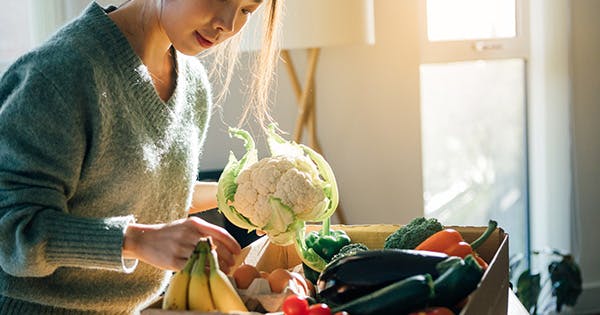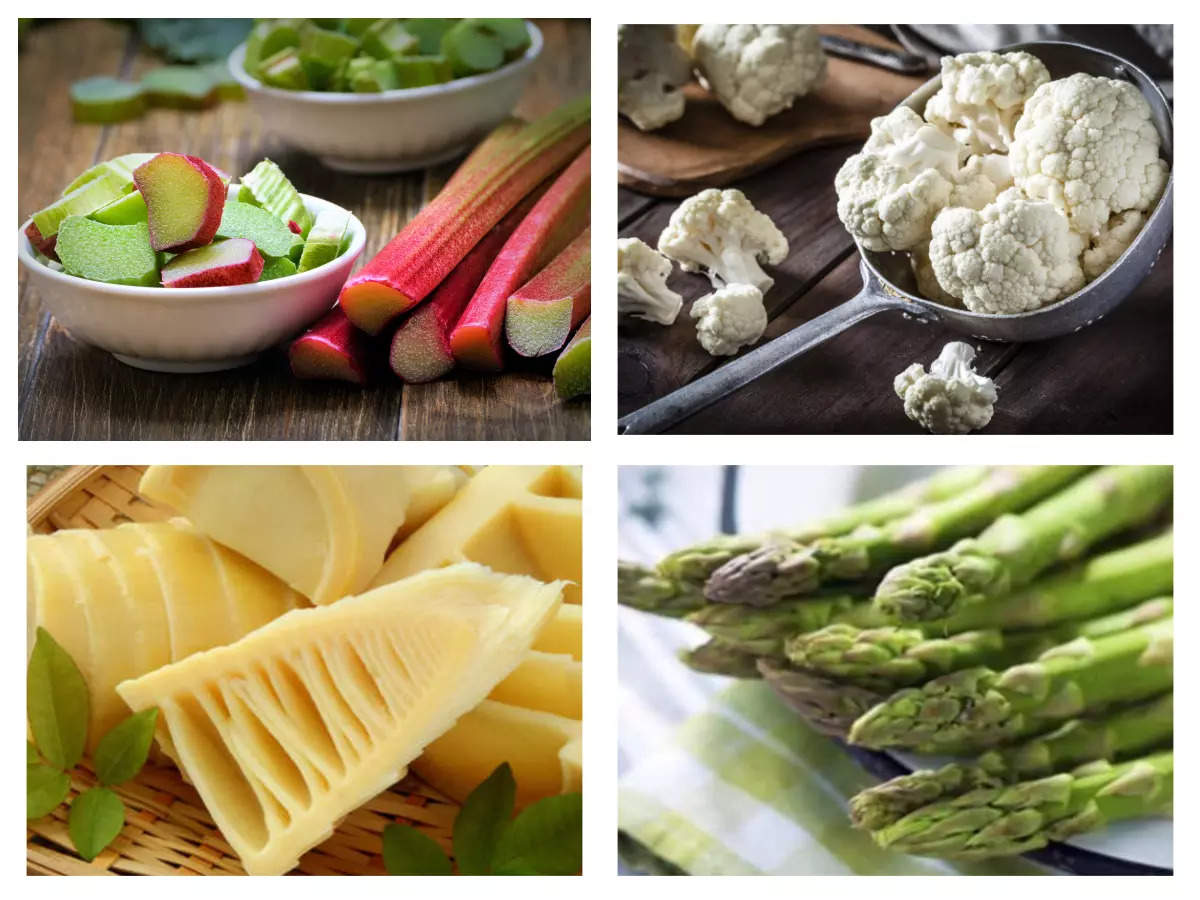Foodstuff
By Theresa Lieb
April 28, 2022
Only 1 percent of farm land in the United States is organic certified. Image via Shutterstock/tasha0102
This article originally appeared as part of our Food Weekly newsletter. Subscribe to get sustainability food news in your inbox every Thursday.
Organic food promises to be healthier and more sustainable. The European Union plans to reach organic production on 25 percent of its agricultural land by 2030, up from 9.1 percent in 2020. The United States, in contrast, isn’t putting big bets on organic, which still represents less than 1 percent of total American farmland. Instead, the USDA promotes climate-smart agriculture by investing $1 billion in regenerative commodity pilot projects. But which is the better move?
Organic farming isn’t more climate-friendly than conventional agriculture when looking strictly at emissions. In a comparative analysis of the environmental impacts of different agricultural production systems, Michael Clark and David Tilman at the University of Minnesota found that “organic and conventional systems did not significantly differ in their greenhouse gas emissions.” But that’s not all that matters.
Land use is organic’s achilles heel. The analysis concluded that organic farms require 25 to 110 percent more land to produce the same amount of food than conventional systems because organic yields are lower. That’s terrible news for the climate because land use comes with a so-called “carbon opportunity cost.”
When not used for farming, the same land could host natural ecosystems such as forests and grasslands that store much larger amounts of carbon than agricultural soils. But agriculture keeps taking over more and more natural ecosystems instead of returning fields to nature, thus continuing to fuel the climate and biodiversity crises.
The resulting need to limit agriculture’s land use — alongside profitability concerns — keeps many farmers and environmentalists laser-focused on securing high yields. Advances in breeding, pesticides and fertilizers, machinery and farm analytics have led to an impressive yield increase over the past decades. For example, global soy yields have increased by 150 percent since 1961. Organic yields couldn’t compete with such rapid advancements, hampering its growth.
Why hasn’t this yield disadvantage deterred organic’s advocates and practitioners, including European legislators?
One reason is that organic farming offers many other social and environmental benefits. BIPOC workers and rural communities suffer disproportionately from unsafe pesticide use on conventional farms. Organic soils tend to be healthier, increasing their resilience to extreme weather events such as floods and droughts — an essential consideration as the impacts of global warming will intensify over the coming decades. In low and middle-income countries, moving to industrial agriculture doesn’t tend to deliver an overarching improvement in local communities’ social, economic and environmental conditions.
Organic is also a more transparent way of promoting climate-smart farming. Many practices such as crop rotations, intercropping, cover cropping, reduced tilling and composting that are now branded as regenerative have been cornerstones of organic agriculture for decades. Organic farming is clearly regulated, third-party verified and labeled for consumers.
While the system certainly has flaws, it seems to me that it would be much easier to continue building on organic to support climate-smart practices rather than inventing a new regenerative ecosystem of regulation, enforcement and communication. I wish more food brands embarked on that path.
Other experts argue that the land use difference isn’t (or doesn’t have to be) as large as these studies estimated and question the dominating “feed the world” narrative. They argue that we need to consider the proper evidence to realize organic’s superiority. Many indigenous communities and smallholder farmers worldwide have successfully practiced forms of agriculture that resemble organic farming and are often summarized as agroecology while sustaining sufficient yields of nutritious foods. But those practices aren’t usually documented and shared in academic literature, the primary resource that informs today’s mainstream farming policies and practices, so it gets overlooked.
So there are a lot of potential benefits of transitioning more farmland to organic. But it’s not without pitfalls, as recent evidence from Sri Lanka suggests.
In April 2021, Sri Lankan President Gotabaya Rajapaksa imposed a nationwide ban on the importation and use of synthetic fertilizers and pesticides, forcing farmers to go organic. But Rajapaksa didn’t prepare the country for the transition — organic fertilizers, education and other resources weren’t available. Harvests plummeted and the country fell into a horrible food crisis. It’s under debate whether an overall positive outcome could have been achieved with organic agriculture in Sri Lanka if the transition had been managed better.
To me, the discussion boils down to a more holistic question on food systems change. How deeply do we want to transform the system? And what kind of structural change is indeed possible? Given organic’s yield challenge and respective carbon opportunity costs, a large-scale shift to organic farming seems untenable if we want to maintain (or even increase) current harvest levels and consumption patterns. In that scenario, introducing some regenerative practices to large farms while continuing to rely on synthetic pesticides and fertilizers, as the USDA and many major agricultural companies promote, may be the best we can hope for.
But a better future for our lands and communities would be possible if we could revolutionize our relationship with food at a structural level. We’d need to shift to regional, seasonal, low-carbon diets that minimize food loss and waste and manufacturing emissions. We’d also need to double down on nutritious foods rather than commodity crops such as corn, soy and wheat, which provide calories but don’t do much to nourish people. That’s what I like to believe in and work towards. But on my less sunny days, this vision can seem more like a naive dream, given how challenging and fragile even the tiniest sustainability wins can be.
[Subscribe to our free Food Weekly newsletter to get more great analysis on sustainable food systems news and trends.]
View the discussion thread.
Get articles like this delivered to your inbox
Join the growing community of visionaries building the circular economy at Circularity 22 (Atlanta, GA, May 17-19). Save 15% at registration with discount code: C22P15
Learn more here




